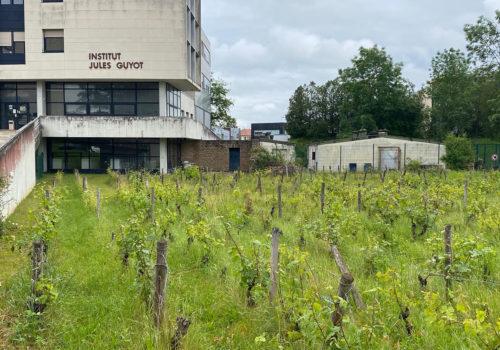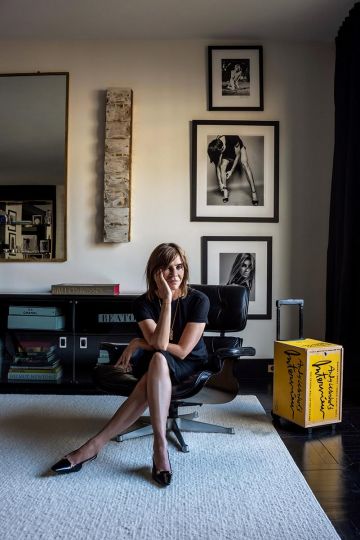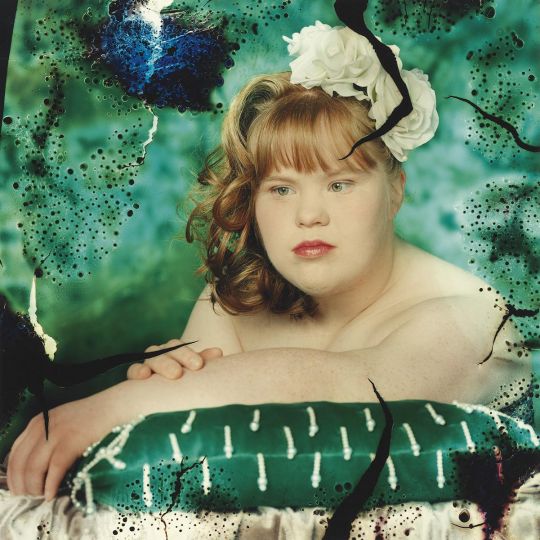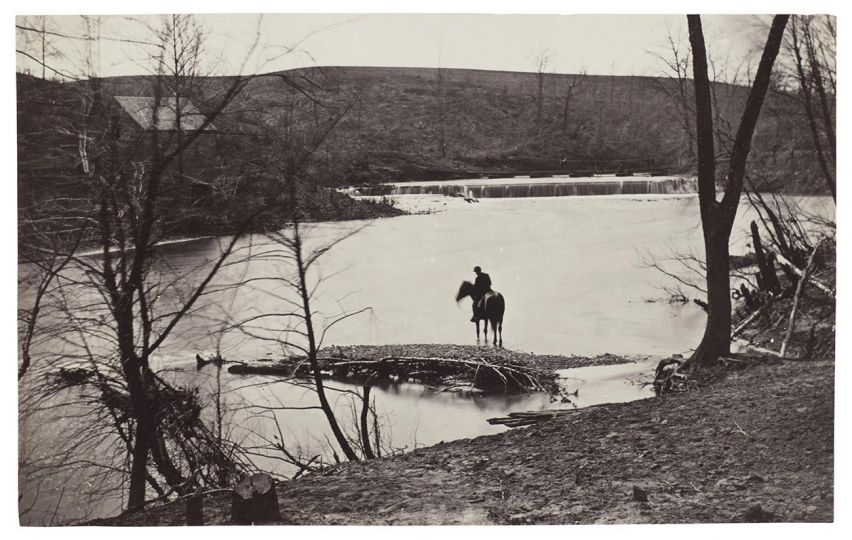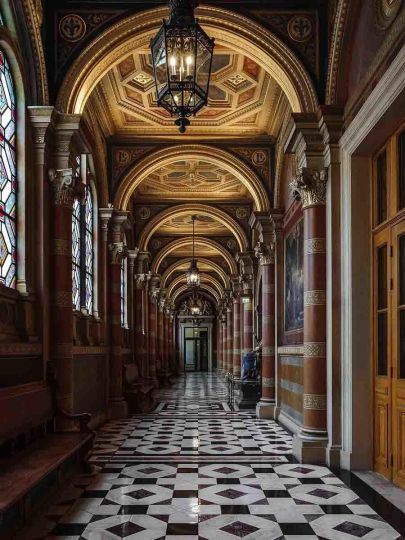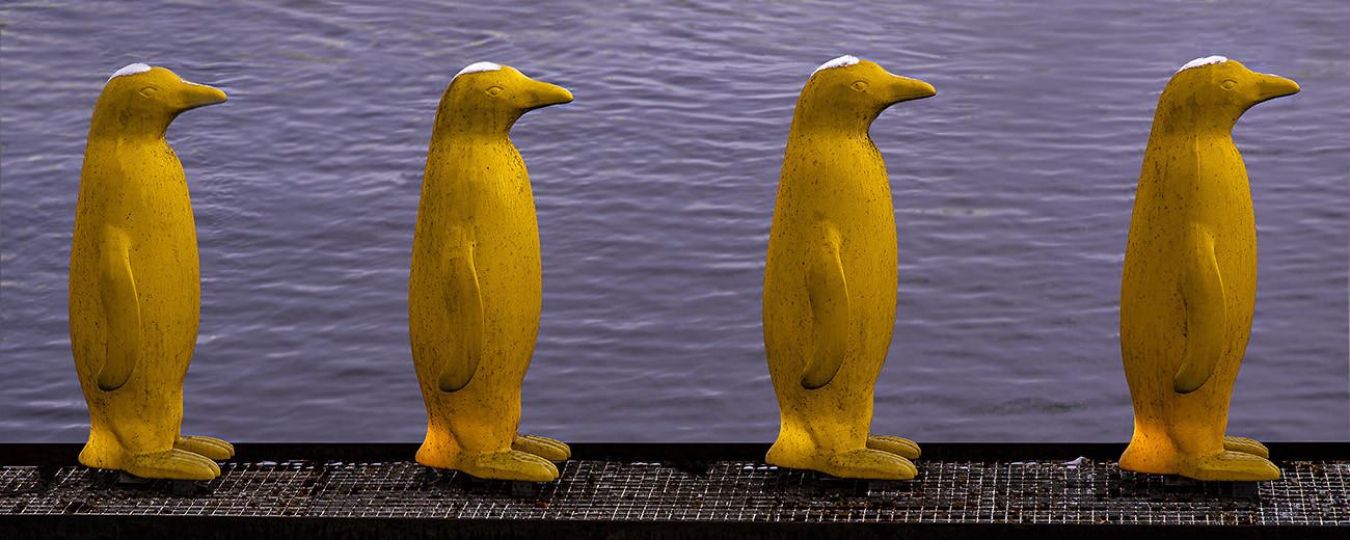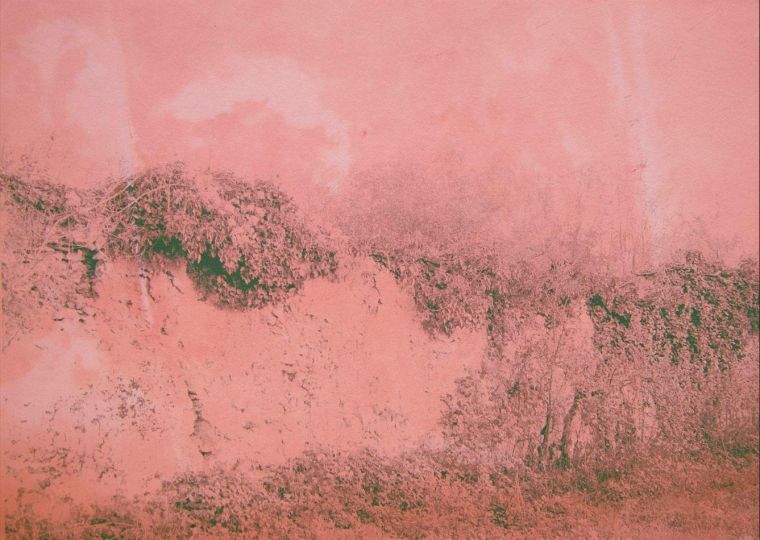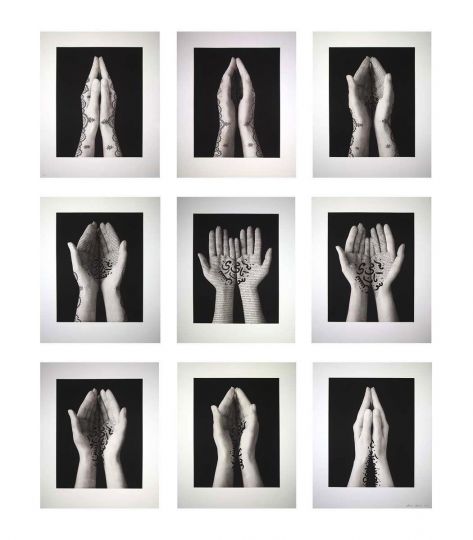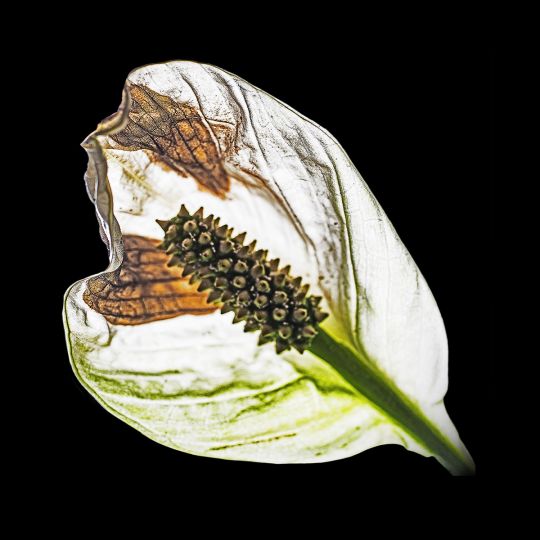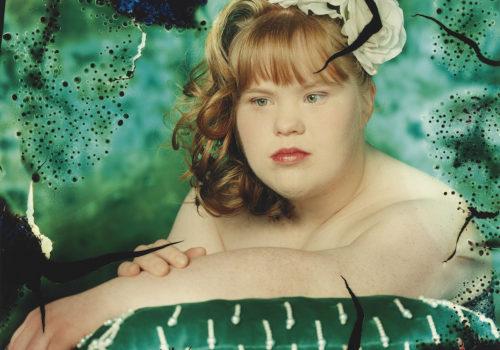My research on alternative developers discussed at the University Institute of Vine and Wine.
Before giving you my three index cards/recipes for this week, here are some technical notions collected from Natalia Quijada Morin* Lecturer at the Institut de la Vigne et du Vin in Dijon.
First observation. In the different ingredients that I use to design my alternative developers, I only use red wines with a PH between 3.4 and 3.6, because they are 20 to 50 times richer in phenolic compounds than white wines.
Second observation. Overall, hot countries and southern French grape varieties such as Cabernet Sauvignon, Syrah, Merlot, Mourvèdre, Tannat and others, are all very rich in tannins and colorful, favorable for increasing the content of phenolic compounds. In total there are more than 10,000 which are divided into several groups.
Condensed tannins, extracted from grape seeds or skins. They improve the structure during the aging of the wine.
Anthocyanins, natural red or purple colorings that are also found in fruits such as blackcurrant, blueberries, in the petals, etc.
Flavanols, such as quercetin or kaempferol, which have strong antioxidant capacity
Phenol acids are also antioxidants.
The content of phenolic compounds mainly varies depending on the type of terroir, the vintage, the maturity, without forgetting the winemaking techniques used.
Finally, young red wines are preferred in my research, because aging is often linked to a drop in the content of phenolic compounds.
Note that wines with a high alcohol content are often richer in tannins.
In my current research with ingredients here such as wines from 5 different grape varieties, Pinot noir, Gamay, Baco, Petit-Verdot and Banyuls, tannins would undoubtedly be important elements which contribute to obtaining good photographic results, namely negatives with good contrast and rich gray scales. The silver grains observed are fairly well linked.
In my tests, and after discussion and various observations, it therefore seems that condensed tannins promote good reactions to contact with the gelatin of a silver photographic emulsion. It should also be noted here that the oxidation of an alternative developer is quite rapid. To slow down oxidation, I add 10 to 15 ml of 5% potassium bisulfite, used in oenology, at the start of my preparation. It is an antioxidant and a bactericide.
The fact remains that in general, whatever the starting ingredient used for the manufacture of an alternative natural developer, there are variations on the origin of the ingredient, a quality more or less followed in its manufacture, could have consequences in the monitoring, by favoring or not, the development of an alternative developer.
The reproducible side of a production still remains an uncertainty in this research.
Indeed, we see that in this particular photographic research adventure, the working method therefore remains quite empirical.
After conclusive tests and to maximize success on your side, you will have to try to keep the same producer of the ingredient you have chosen, in order to acquire a mastered technique that is as regular as possible. Finally, note for information that in all my research, sodium carbonate, the main product in the composition of alternative developers, turns out to be the pilot element in terms of the final pH, it makes it possible to obtain an alkaline developer product. whose pH is around 9 to 10.
After my development trials in wines made from Pinot Noir and Baco Noir grape varieties.
Here is the development in three other grape varieties.
Petit-Verdot, Banyuls and Gamay.
Development in a Petit-Verdot grape variety wine.
Manufacturing: To develop a 24X36 film, I use 400ml of wine to which I first add 10ml of 5% potassium bisulphite to slow down oxidation.
I then dissolve in the 410 ml, 10 grams of vitamin C then 45 grams of sodium carbonate and finally 6 grams of iodized salt. As always, I add 3 drops of photoflo to facilitate the action of the developer in the emulsion.
Development of a Foma 400 ISO film,
Shooting in gray and rainy weather with a Nikkormat 50 mm lens body.
Development temperature 25° duration 18 min.
Observation: the silver grain is quite tight but relatively apparent.
Development in an AOC Banyuls 17° wine.
Grape variety with 90% Grenache noir and 10% Carignan old vines.
It was thanks to technical telephone exchanges with a professional photographer, Pierre Café, from a family of winegrowers from Banyuls, that I had the opportunity to carry out a test with Banyuls to know the photographic renderings of the one of his wines.
So I tested and developed for this test, a 6X6 format film Rollei 400 ISO.
Manufacturing: I used a manufacturing method identical to that used during development in the Baco noir grape variety wine already tested (see my ODLP article of February 24, 2024.) https://loeildelaphotographie.com/fr/loeil-argentique- jacques-revon-the-ecological-alternative-revealer-made-with-baco-noir-wine/
I developed the first time at a temperature of 25° and for 28 minutes.
A second test was carried out with a strip of 12 views of Rollei 135/100 ISO film.
A long development without permanent agitation, called Stand-Dev, duration 60 minutes at 22°. The result is interesting but I observe overall less definition in the image when comparing my results with those obtained previously in the ingredient Cocoa or in Chicory which I will talk to you about shortly.
Development in a Gamay grape variety wine.
Manufacturing: To develop a 6X6 format film, here I use 600 ml of organic Gamay grape wine to which I first added 15 ml of 5% potassium bisulfite. I then dissolved in order, 10 grams of vitamin C, then 50 grams of sodium carbonate and 8 grams of iodized salt.
Finally, as always I added 3 drops of photoflo.
Rollei 400 ISO film in 6X6 format.
Shooting flowers in overcast gray weather with a Rolleiflex camera fitted with a Rolleinar number 3 lens, hence the lack of desired depth of field with a wide aperture exposure.
Here again, I chose Stand-Dev development for 60 minutes at a temperature of 22°.
In this choice of development mode, we recommend stirring during the first minute of development by rotating the tank and then leaving it to rest. After 30 minutes of development, after having emptied and then immediately refilled the tank with the developer to mix it, it is necessary to carry out a second agitation by rotating the tank for one minute, then let the tank rest until the end of 60 minutes of development.
Jacques Revon
Honorary journalist, author, photographer.
https://fr.wikipedia.org/wiki/Jacques_Revon
*Natalia Quijada Morin,
Teacher-Researcher, Lecturer at IUVV Jules Guyot
University of Burgundy.

